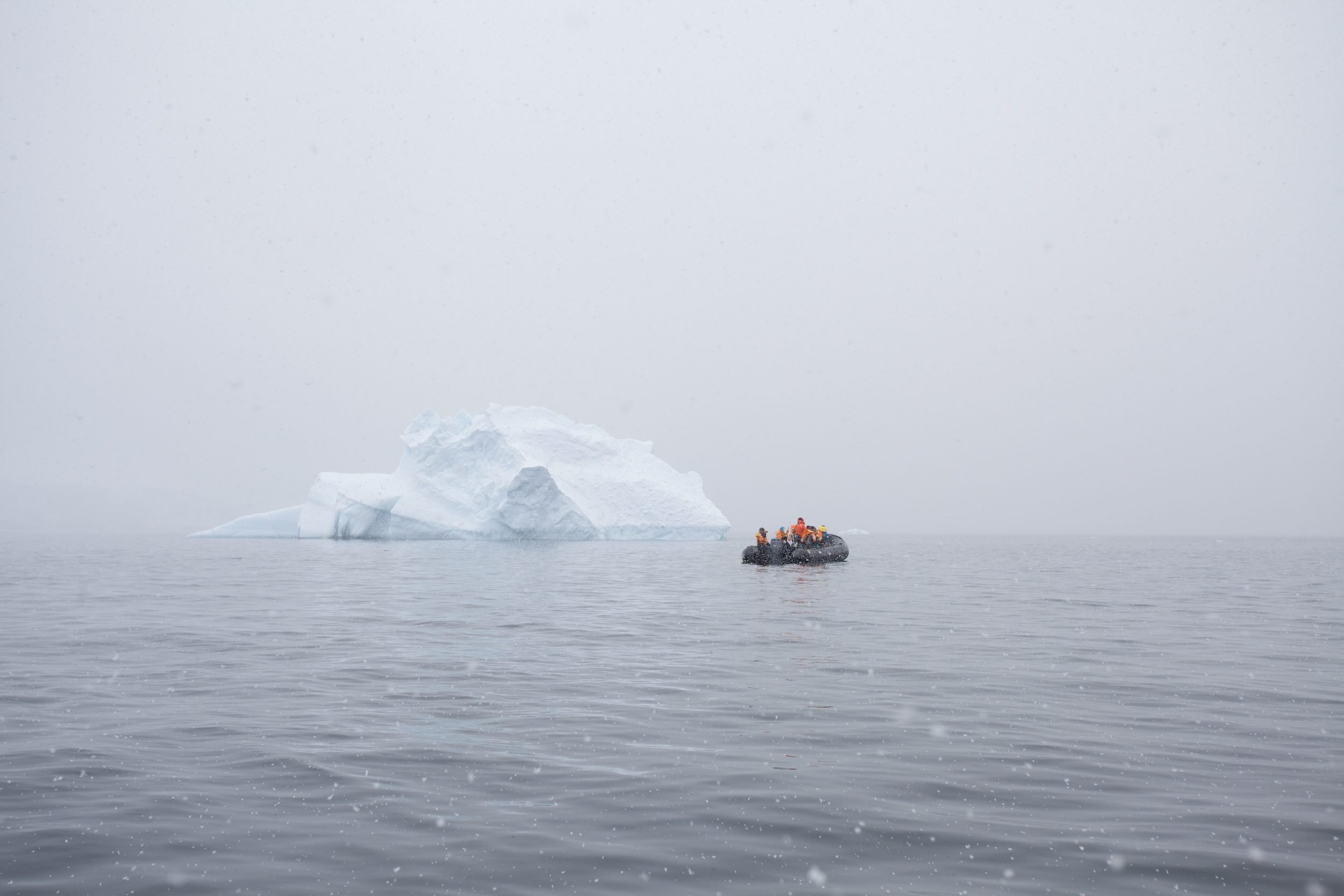As the world’s leaders prepare to gather in Glasgow, Scotland, for the 26th UN Climate Change Conference of the Parties (COP26), the global geography community has come together to urge action on the closely-linked crises of climate change and biodiversity loss.
Eighty geography societies and organizations from 59 countries have put their names to a joint declaration calling on the global community to place the protection of nature and a liveable climate at the forefront of economic and political decision-making.
The declaration calls on leaders to commit to enhanced reduction targets for greenhouse gas emissions by 2030 and recognize the critical role of nature in climate change mitigation and adaptation. Accordingly, the signatories pledge to redouble their own efforts to tackle these global environmental challenges through the teaching, learning and practice of geography.
“Geography is the study of our planet and humankind’s relationship to it,” said Michael L. Ulica, President and Chief Operating Officer of the National Geographic Society, “and as such, geographers have a front row view of the impacts of climate change and biodiversity loss on our world.”
Global leaders can no longer address the climate and biodiversity crises separately, but must treat them as one planetary emergency, added Ulica.
“Our future depends on preventing the collapse of the natural systems that provide our food, clean water, clean air and stable climate.”
Geography as a discipline intersects with the social sciences, natural sciences and humanities, giving those engaged in the study and practice of geography unique insight into the relationship between climate change, habitat loss and species loss.
“Geographers, explorers, educators, researchers and travellers worldwide recognize the dire impacts of the climate and biodiversity crises,” said John Geiger, Chief Executive Officer of the Royal Canadian Geographical Society. “I am very proud to stand together today with my global colleagues to call for concerted and collaborative efforts to make the coming decade one of positive action in pursuit of a better future for humankind and our home.”
In response to the joint declaration, Prime Minister Justin Trudeau reiterated Canada’s commitment to tackling the twin crises of climate change and biodiversity loss through ambitious climate actions.
“At home and around the world, Canada is stepping up to find real solutions to fight climate change and prevent the loss of nature,” he said. “We’re protecting 30 per cent of our lands and oceans by 2030, putting a price on pollution, phasing out coal-fired electricity, and planting two billion trees. But we need to be bolder and act faster to build a cleaner world for our kids and grandkids. And only together will we achieve this necessary goal.”
Harvey Locke, co-founder of the landmark Yellowstone to Yukon Conservation Initiative and chair of an IUCN committee fashioning new global targets for nature conservation, expressed his gratitude for the leadership of the global geography community in helping humanity understand the challenges we face.
“This is the most pressing problem of the 21st century,” he said. “We must protect and restore nature for our own health and well-being — to stabilize the climate, and because it is the right thing to do for the rest of life.”
Read the full text of the declaration and see the list of signatories below.
Declaration of the global geography community on the biodiversity and climate crises
Geographers have unique opportunities and responsibilities in the face of the global biodiversity and climate crises. Geography is a discipline that is uniquely located at the intersection of the social sciences, natural sciences, and humanities. This equips geographers to be adept systems-thinkers and interdisciplinarians. It is furthermore an applied knowledge, focused above all on the state of our planet and our relationships with it. All of this makes the learning, teaching, and practice of geography centrally relevant to the closely-linked challenges of the global climate and biodiversity crises.
Geographers can do much more than present an analysis of these challenges. They also have a vantage point from which they can point to the kinds of thought and action that can deliver a better tomorrow for every person on Earth.
This October and November will see some of the most consequential weeks in terms of humanity’s collective relationship with planet Earth. In October the world’s governments will come together to confront the continuing dramatic loss of species and their habitats—the biodiversity crisis—compounded as it is by the accumulating impacts of climate change. It is hoped that the meeting will set the stage for ambitious new targets for the global conservation of nature out to 2030.
Around the same time, in Milan, Italy, and then, for two weeks in November, in Glasgow, Scotland, governments will reconvene to confront the existential challenge of climate change. It is widely hoped and expected that the meeting will set enhanced and more urgent reduction targets for greenhouse gas emissions out to 2030, as well as mandating a critical role for nature in climate change mitigation and adaptation.
Geographers, whether as students, researchers, educators, writers, explorers, practitioners in business or policy, or as engaged and curious travellers, encourage our leaders to make ambitious commitments to place the protection of nature and a liveable climate at the centre of the world’s economics and politics at this critical juncture.
Accordingly, we pledge that our institutions will redouble our efforts to apply the unique attributes that are the hallmark of the learning, teaching, and practice of geography to the global environmental challenges that have drawn together the world’s governments to these vital meetings this year. We commit to doing all that we can to apply geography’s potent capabilities to the task of making the coming decade one of hope and of positive action.




